When people think of the 1960s, images of hippies, the moon landing, and The Beatles often dance in their heads. But important events can get oversimplified through rose-colored lenses, obscuring their actual impacts. Let’s explore the key movements and happenings of the ‘60s that could use a closer look.
The Summer of Love
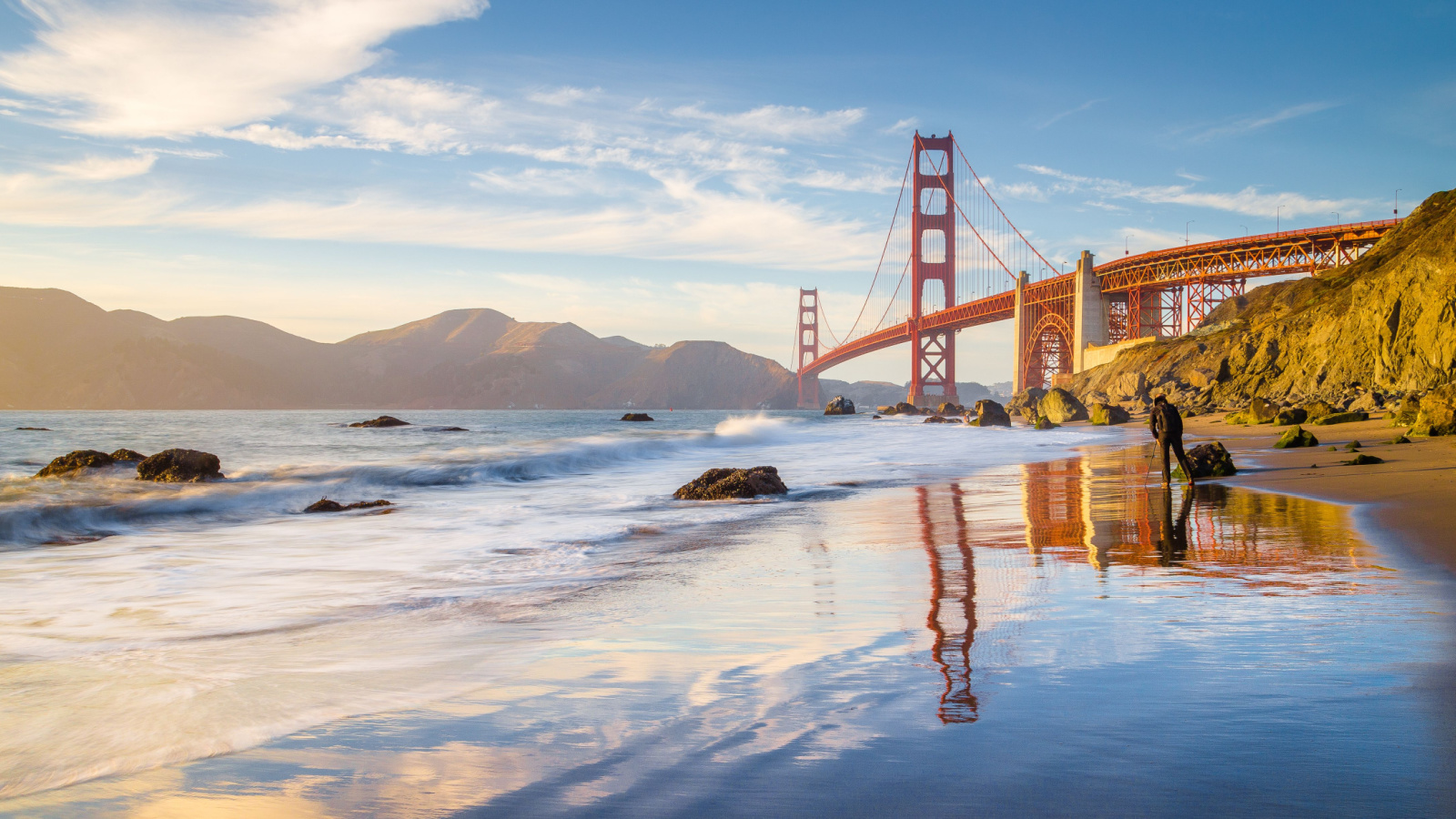
The Summer of Love in 1967 is often portrayed as a widespread social movement, yet it primarily involved San Francisco’s Haight-Ashbury district. This event symbolized the peak of the hippie movement, showcasing ideals of peace and love, but did not reflect the broader societal norms of the 1960s. Media coverage amplified its significance.
Space Race

The Space Race was driven by intense Cold War rivalry and immense public and governmental pressure, pushing technological and material boundaries. Each mission, such as Apollo 11’s successful moon landing in 1969, was a complex blend of science, politics, and human courage.
The Beatles

Initially, The Beatles were met with significant skepticism and disdain from some critics and listeners who found their music too unconventional. Over the decade, they gained immense popularity and evolved artistically, influencing not just music but also social attitudes.
Hippie Culture

The hippie movement was a diverse and ideologically varied movement with factions that often disagreed on political and social objectives. This complexity added depth to their impact on fashion, music, and societal norms.
Civil Rights
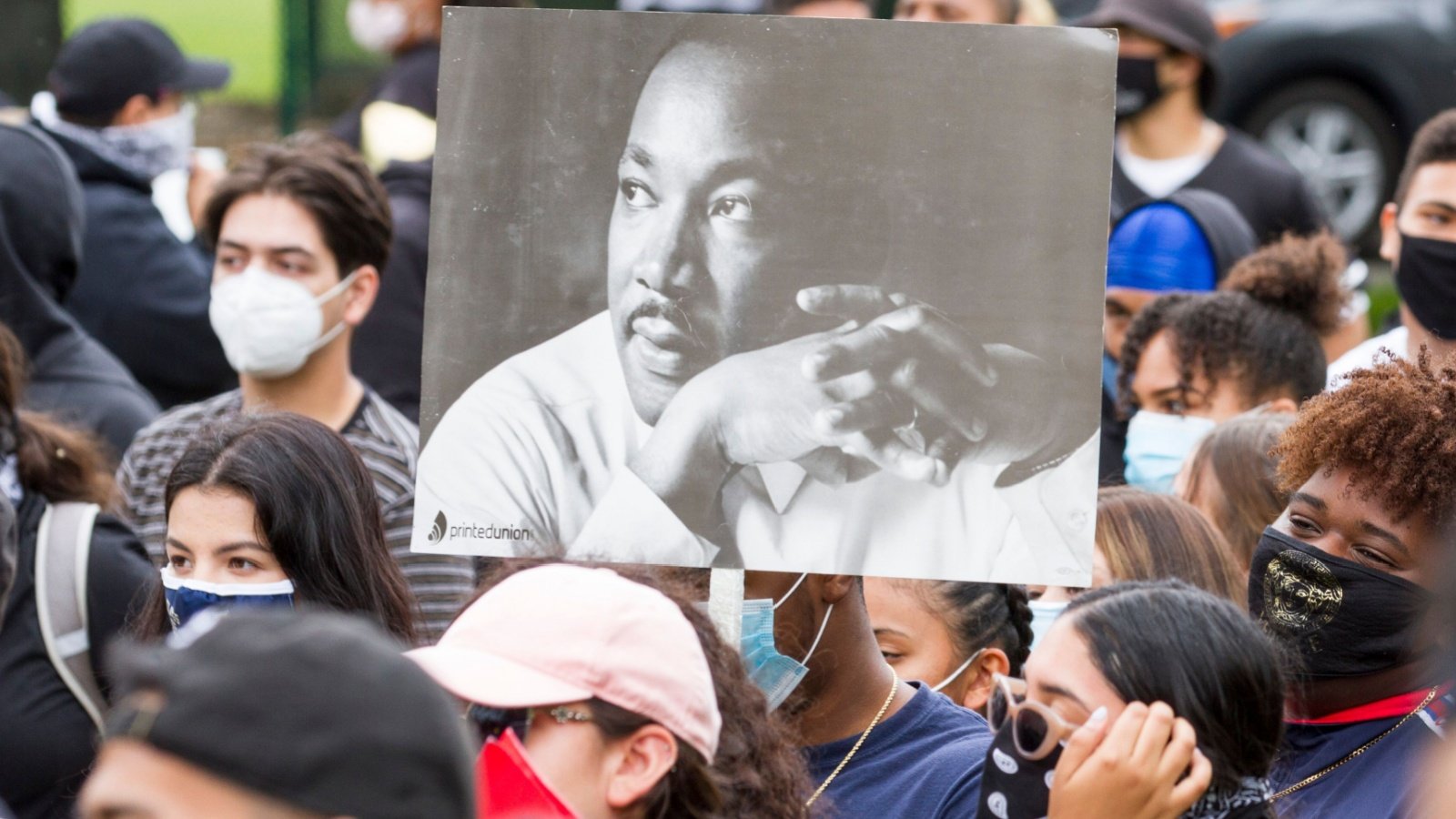
The 1960s were pivotal for civil rights, yet the focus often lies disproportionately on 1963’s March on Washington. Numerous lesser known yet critical protests and legal battles, such as Loving v. Virginia in 1967, dramatically shaped the decade’s legacy.
Vietnam War

Popular belief suggests the Vietnam War was universally opposed within the U.S. from its start. However, initial support was significant, with a complex shift in public opinion following media revelations and the Tet Offensive of 1968. The war’s opposition grew over time, culminating in widespread protests that are often highlighted in retrospectives.
Feminism

The feminist movements of the 1960s were not a single, unified front as often depicted. Multiple groups with differing priorities and methods, such as the National Organization for Women (NOW) founded in 1966, spearheaded various initiatives, ranging from workplace equality to reproductive rights.
Counterculture
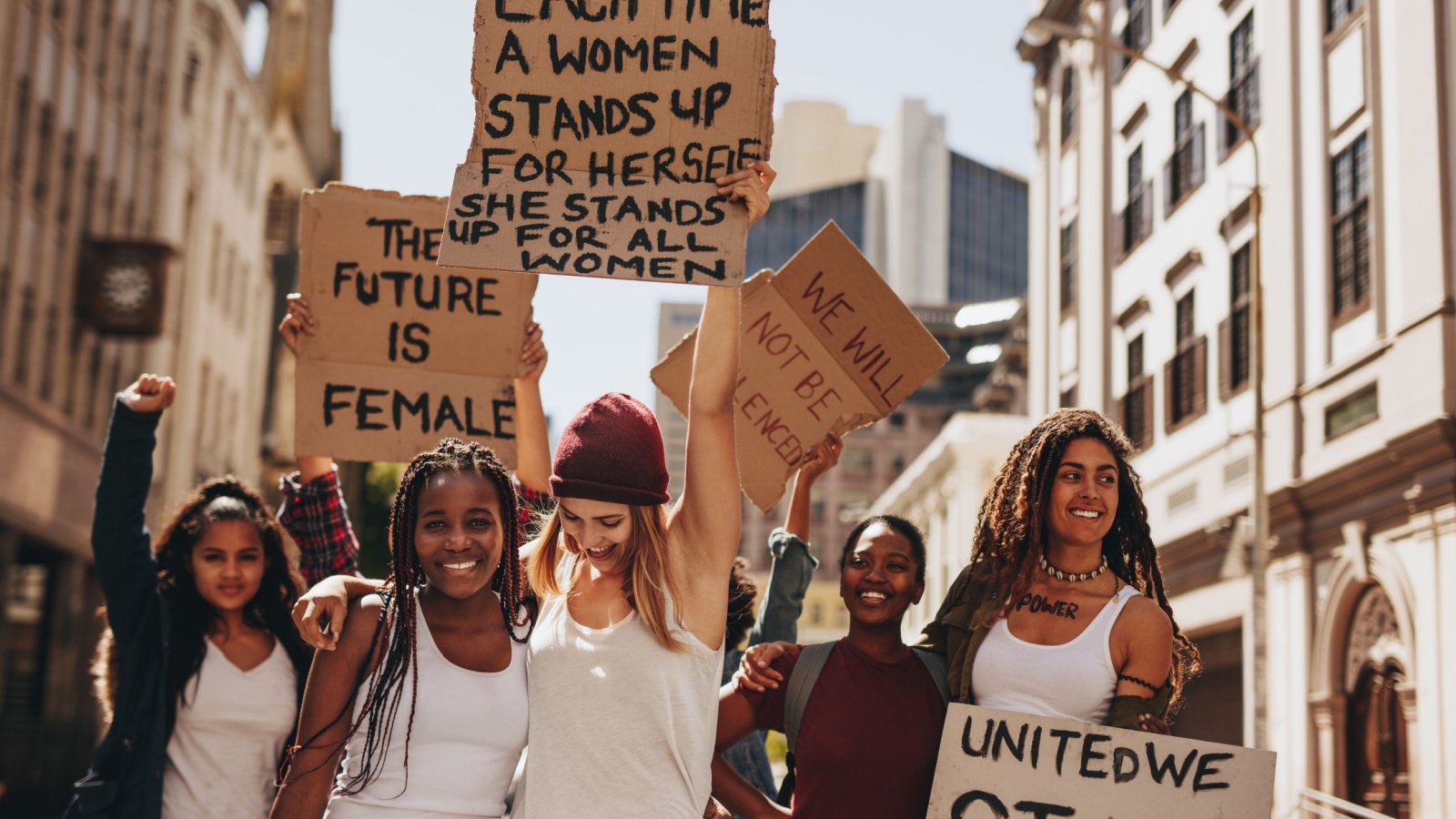
Significant segments of society remained deeply conservative, opposing the counterculture’s influence on traditional values. This resistance shaped how countercultural ideas were adopted and adapted over time.
Economy

The 1960s are often remembered for cultural revolutions, overshadowing the economic challenges of the time. The decade experienced significant economic shifts, including the end of the post-WWII boom and the beginning of inflationary pressures.
Environmentalism

Environmentalism in the 1960s is rarely highlighted, yet it was a growing concern. Rachel Carson’s 1962 book, Silent Spring, ignited widespread public debate about the effects of pesticides, leading to policy changes and foundational attitudes that would blossom in the following decades.
Youth Culture

While youth culture was highly visible in the 1960s, it did not represent the entire demographic landscape. Older generations and their values still wielded significant influence politically and culturally. The intergenerational tensions of the era were critical in shaping the decade’s social reforms and cultural shifts.
Drug Culture

Drugs are often associated with the 1960s, yet the prevalence and acceptance of drug use were not as widespread as portrayed. Many communities opposed drug use, and it remained largely confined to specific social groups and geographic locations. The legal and social consequences of drug use were severe and deterred widespread adoption.
Anti-War Movement
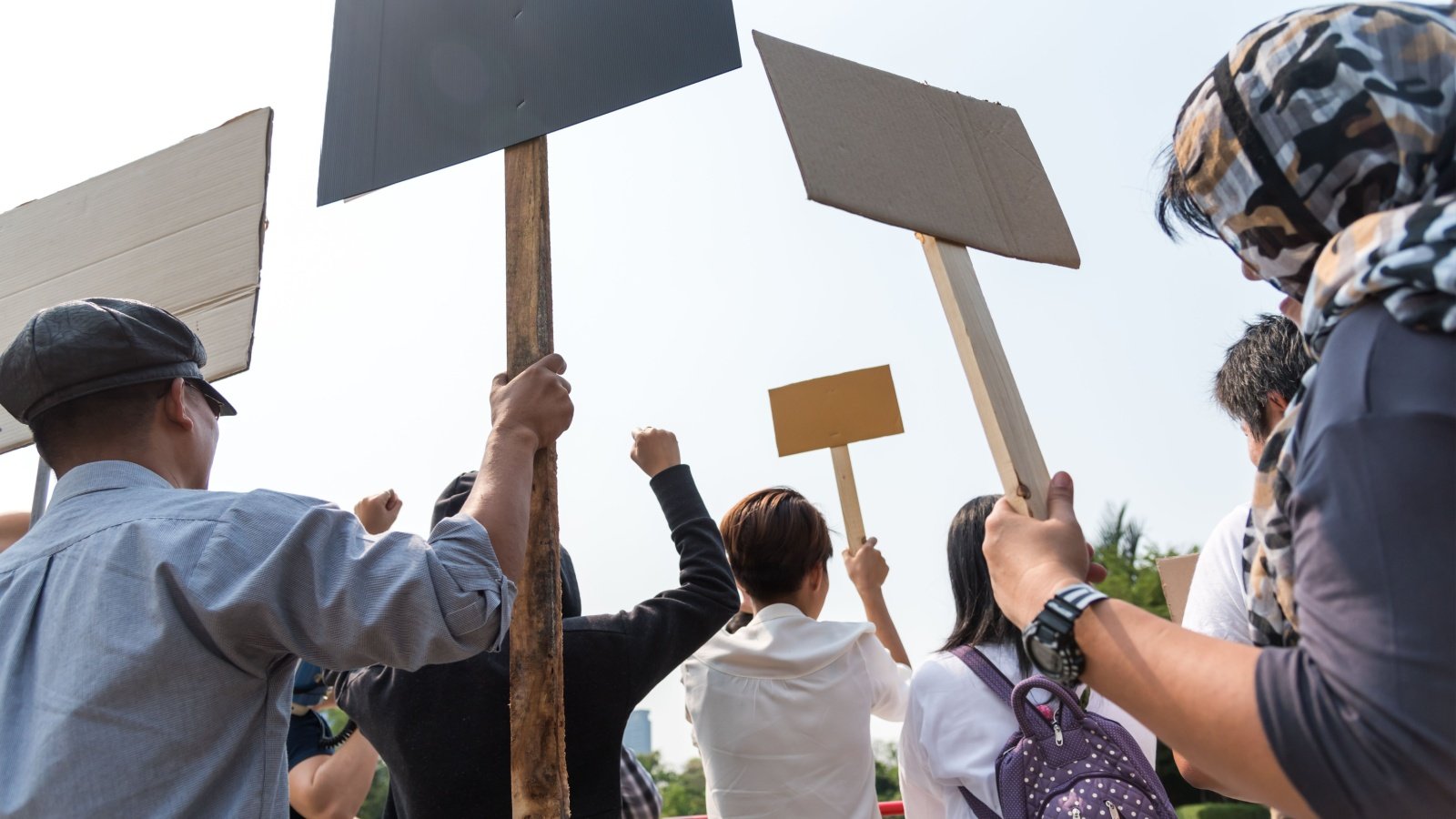
The anti-war movement is often seen as uniformly pacifist and left-wing. This movement actually included a wide range of participants, including veterans, conservative groups, and religious organizations. Their diverse approaches and reasons for opposing the Vietnam War added complexity to their collective impact.
Sexual Revolution

The sexual revolution of the 1960s did not impact all demographics equally. Social norms, religious beliefs, and personal choices meant that many people did not experience this shift in attitudes towards sex. The changes were most pronounced in urban areas and among youth.
Rock ‘n’ Roll
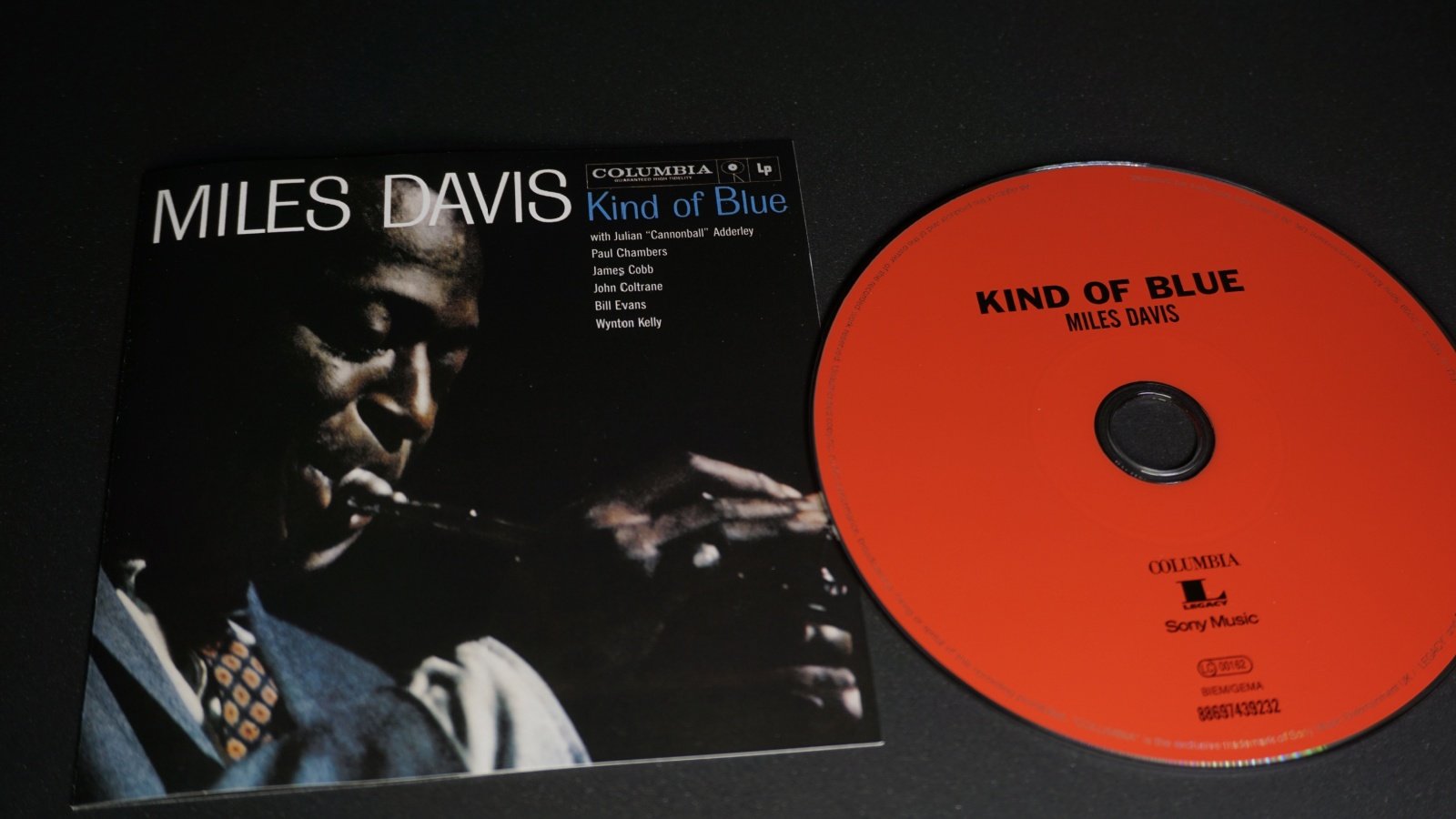
Rock ‘n’ Roll is synonymous with the 1960s, yet other music genres like folk, jazz, and soul were also influential. Artists like Bob Dylan and Miles Davis were pivotal, with their music speaking to the social issues of the time.
Television’s Influence

Television did expand rapidly during the 1960s, becoming a central fixture in American homes. However, its influence was varied, with programming that often reinforced traditional values alongside more progressive shows.
Political Activism

Political activism in the 1960s involved more than just protests and rallies. It included voter registration drives, community organizing, and local government engagements that were crucial but less visible.
Consumerism

Despite the rise of anti-materialistic counterculture, consumerism actually increased during the 1960s. Economic growth and the rise of advertising led to greater consumer spending and the proliferation of new products and technologies.
Racial Integration

School and public facility integration during the 1960s was far from seamless. Legal opposition, violent backlash, and enduring segregation marked the process in many parts of the United States. The struggle for integration revealed deep societal divisions that persisted long after laws were changed.
Mental Health

Mental health in the 1960s was a topic often shrouded in stigma and misunderstanding. Innovations in psychology and psychiatry, such as the deinstitutionalization movement, began to change perceptions. Yet, these shifts were slow and the decade ended with many continuing to view mental health through a lens of suspicion and fear.
Global Influence

While American culture of the 1960s had significant global reach, its influence was not uniformly dominant worldwide. Local cultures adapted and interpreted American music, fashion, and ideals in diverse ways, resulting in a global exchange of ideas.








Standardmäßig sind alle Spiele auf dieser Seite nach Beliebtheit
geordnet, was bedeutet, dass Sie die beliebtesten Spiele ganz oben in dieser Liste
finden werden. Unsere Experten haben alle guten und seriösen deutschen Instant Play Casinos im Internet getestet,
bei denen Sie keine Software herunterladen müssen, sondern direkt im Browser zocken können. Sie können Alles Spitze online mit Ihrem PC oder auch mit allen möglichen Mobilgeräten zocken. Das beliebte Automatenspiel Alles Spitze aus der Merkur Spielothek
ist auch bei uns zum kostenlosen Spielen verfügbar.
Sie können aus vier verschiedenen Freispielrunden mit unterschiedlichen Funktionen wählen und riesige Punktegewinne
abräumen.
Hierdurch können diese Spiele grundsätzlich auf jedem Gerät, das
mit einem modernen Browser ausgestattet ist, gespielt werden. Dort können Sie kostenlose Bargeld
und Gratis Spin Bonusangebote finden, die Sie durch die Erstellung eines neuen Casino Kontos beanspruchen können.
Klicken Sie dann darauf und schon wird das Spiel für Sie geladen, ist einsatzbereit und kann von Ihnen gespielt werden. Dort können Sie die am besten bewerteten Online Casinos in einer Rangliste finden und die Bewertungen unseres Expertenteam
lesen.
References:
https://online-spielhallen.de/tipico-casino-mobile-app-dein-spielvergnugen-fur-unterwegs/